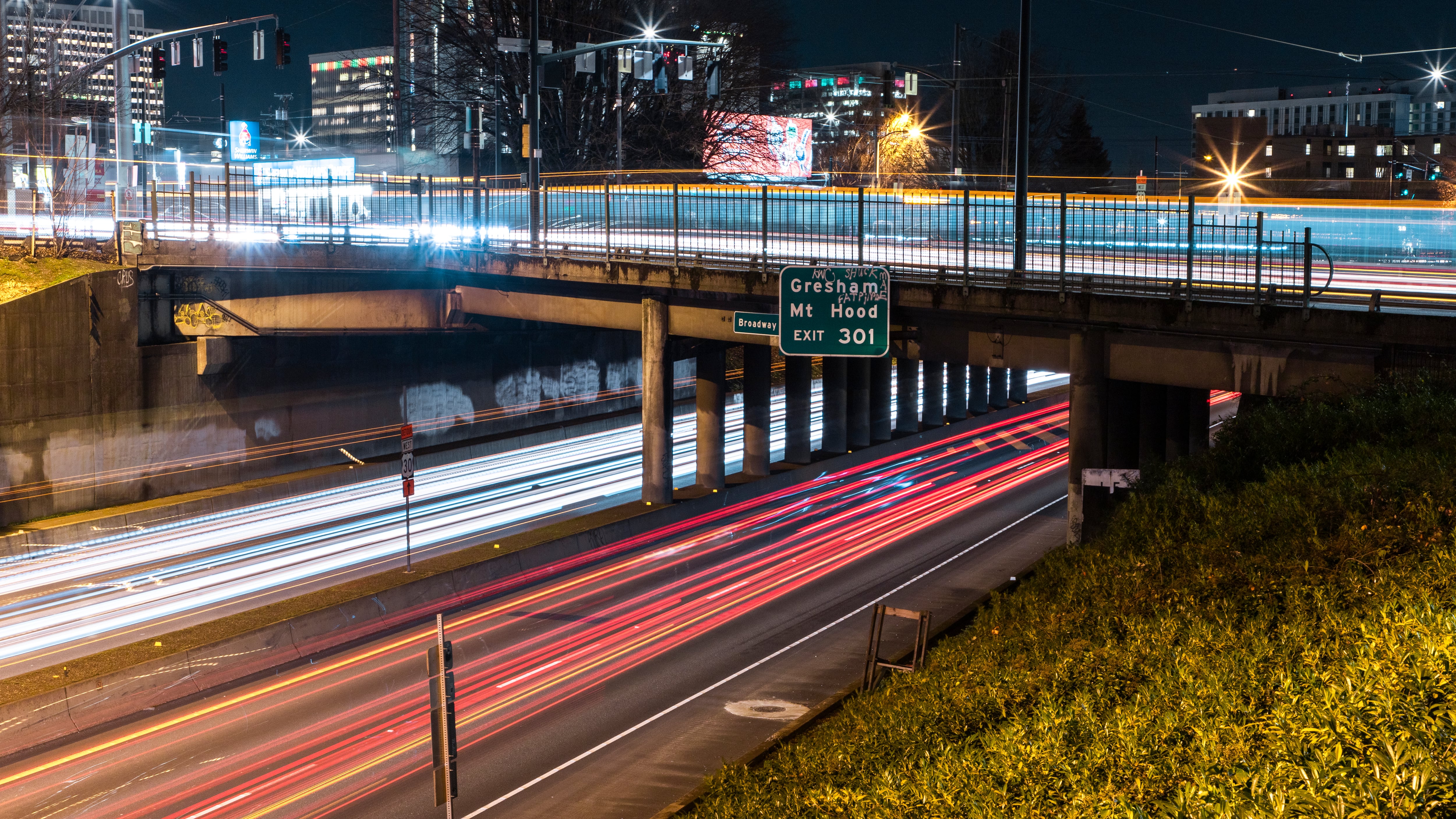The battle over the Oregon Department of Transportation’s plans to expand Interstate 5 through the Rose Quarter includes a determined effort to right a historical injustice in Portland: the cleaving of a historically Black neighborhood by a freeway.
Portland is hardly alone. As Bloomberg reports in a graphic-rich analysis of similar mid-20th century interstate highway projects, seven other cities also saw their Black communities decimated by construction.
“As many of these highways near the end of their lifespans, a national reckoning with structural racism has put them in the spotlight, and has elevated plans, dreams and fights to reconnect what was divided,” Bloomberg says. “Addressing those racial injustices is one small part of the Biden administration’s proposed sweeping infrastructure plan, with a recommendation to allocate $1 billion (cut down from $20 billion) to “reconnect communities cut off by historic disinvestment.”
In Portland, the Albina Vision Trust wants ODOT to cap I-5 as part of the Rose Quarter project.
The nonprofit hopes to reclaim some of the land that was lost when the highway department razed hundred of homes and dug a gash through North and Northeast Portland.
Earlier this month, Gov. Kate Brown announced a compromise agreement that would increase the amount of developable land on caps that Albina Vision Trust has demanded be placed over the freeway. That compromise agreement brought Albina Vision Trust back to the negotiating table, a significant win for ODOT.
This week, the transportation agency announced that its own advisory group, the Historic Albina Advisory Board (not to be confused with Albina Vision Trust), also greenlighted the compromise design.
“The proposed Hybrid 3 option would be able to hold two to three story buildings,” ODOT said in a statement. “The project would also include a reconnected street grid above the highway, as well as new multi-modal infrastructure. On the highway, new auxiliary lanes and reconfigured traffic flow will help improve safety in the corridor and reduce congestion.”
Environmentalists, led by the group No More Freeways, dispute ODOT’s claims that the Rose Quarter project will create reduce congestion and increase safety. No More Freeways is also skeptical of the claim that the compromise cap design will create as much as 8 acres of developable real estate.
The Oregon Transportation Commission, which oversees ODOT, will now consider the Hybrid-3 option at its next meeting on Sept. 9.

